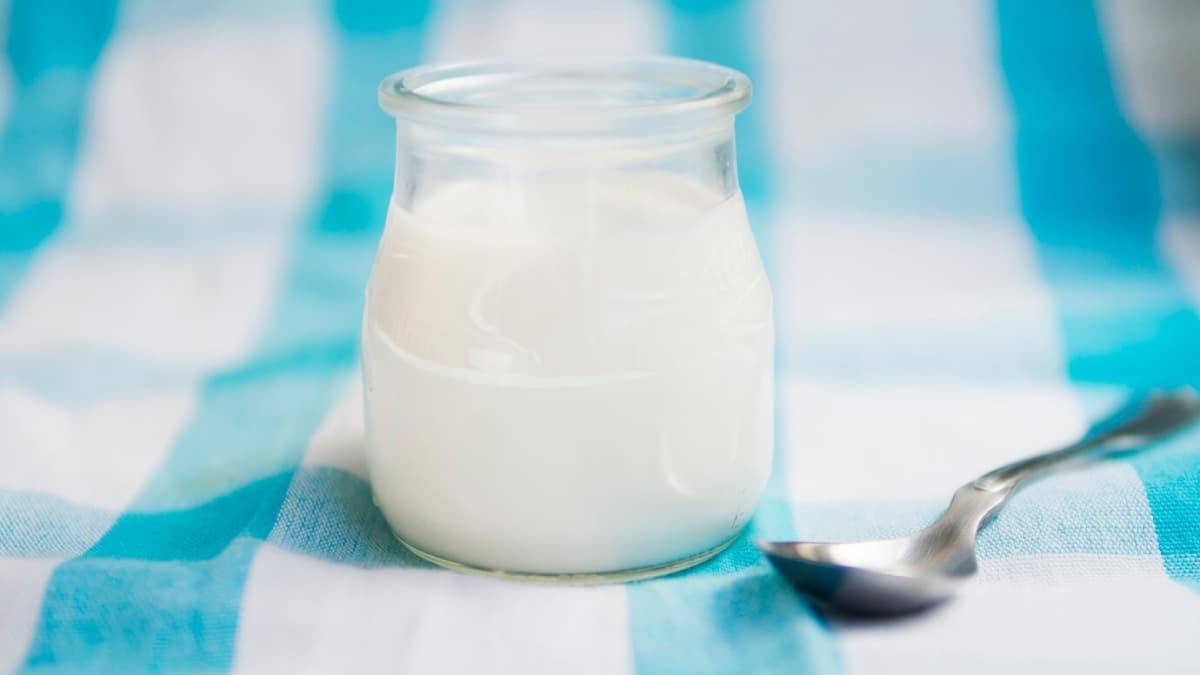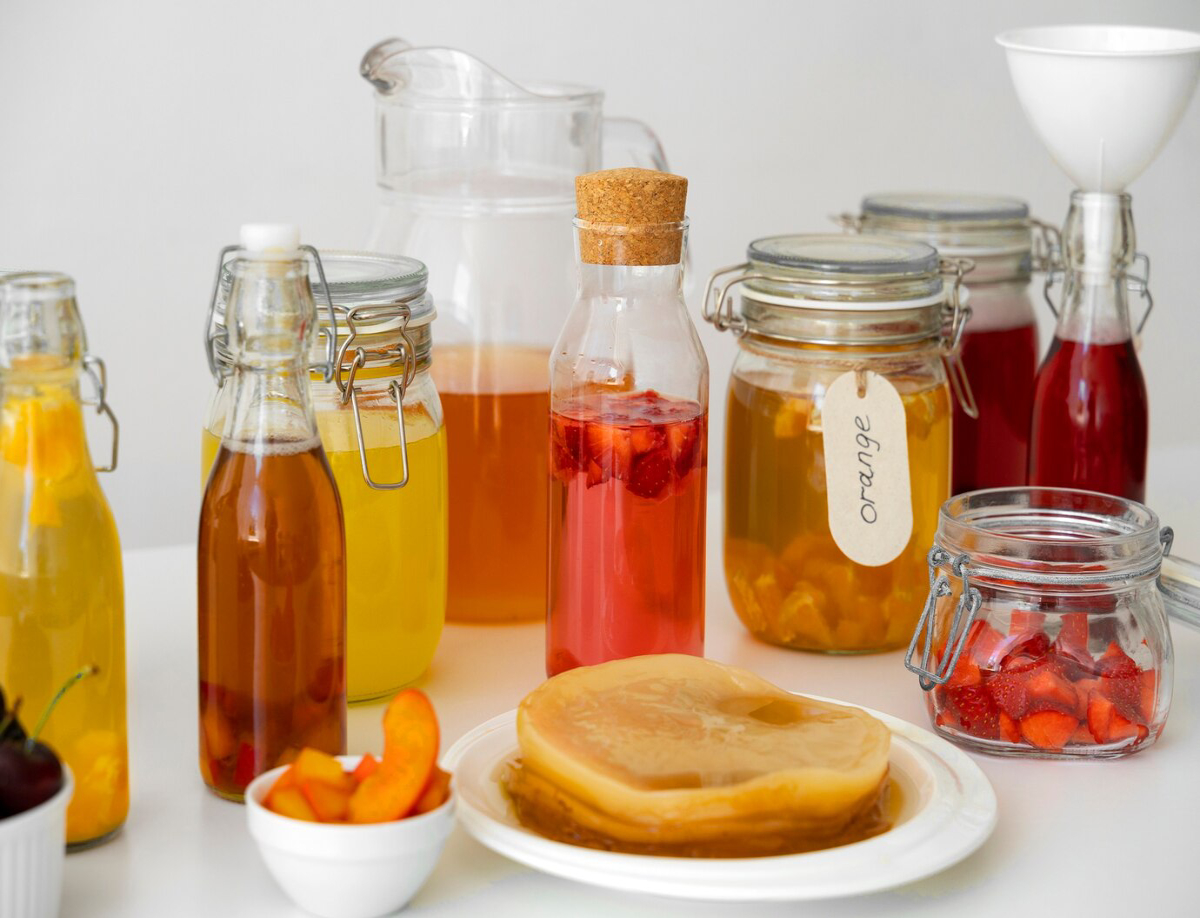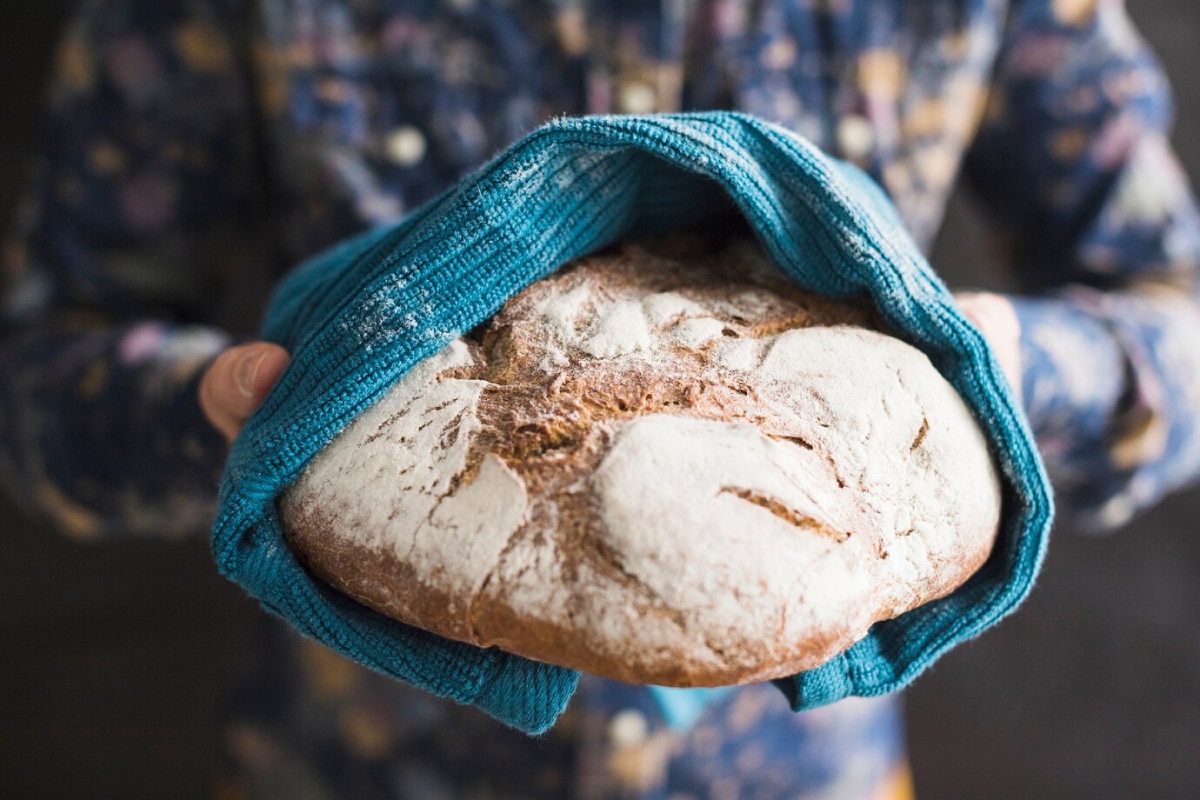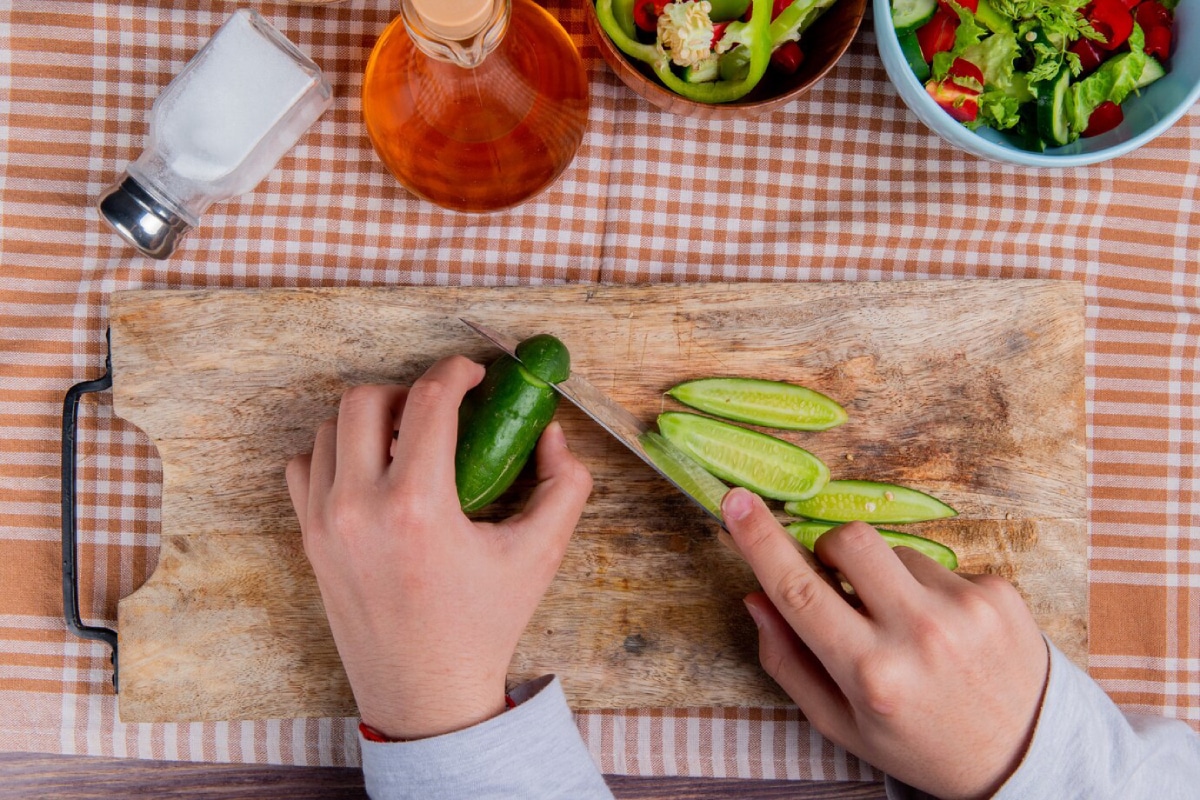
Making Wild-Fermented Pickles for Crunchy and Flavorful Results
Picture a jar of crisp, tangy pickles—full of crunch, flavour, and a satisfying sourness. Now imagine you made them yourself, with no vinegar, no heat, and no preservatives—just salt, water, and time. Welcome to the world of wild fermented pickles.
In this blog, you’ll learn how to create your own lacto-fermentation pickles, harnessing the natural bacteria already present on your vegetables. These no vinegar pickles don’t just taste amazing—they’re also full of probiotics, supporting gut health and boosting immunity. Whether you’re completely new to fermentation or looking to refine your technique, this guide offers everything you need, from science to step-by-step instructions.
You’ll also discover troubleshooting tips, easy flavour variations, and relatable stories from real fermenters. So, roll up your sleeves, grab a jar, and let’s turn humble cucumbers into your new kitchen superstars.
What Is Wild Fermentation?
A Microbial Symphony
Wild fermentation is the process of using the naturally occurring bacteria on vegetables and in your environment to transform food. Unlike commercial pickles made with vinegar or sterilised environments, wild fermented foods invite beneficial microbes to do the work.
Lacto-Fermentation Defined
Despite the name, lacto fermentation has nothing to do with milk. The term refers to lactic acid bacteria (LAB) that:
- Feed on the sugars in vegetables
- Create lactic acid, which preserves the food
- Give that signature tangy flavour
This creates a self-preserving, probiotic-rich product without heat or artificial additives.
Want a broader overview? See our guide on Getting Started with Wild Fermentation
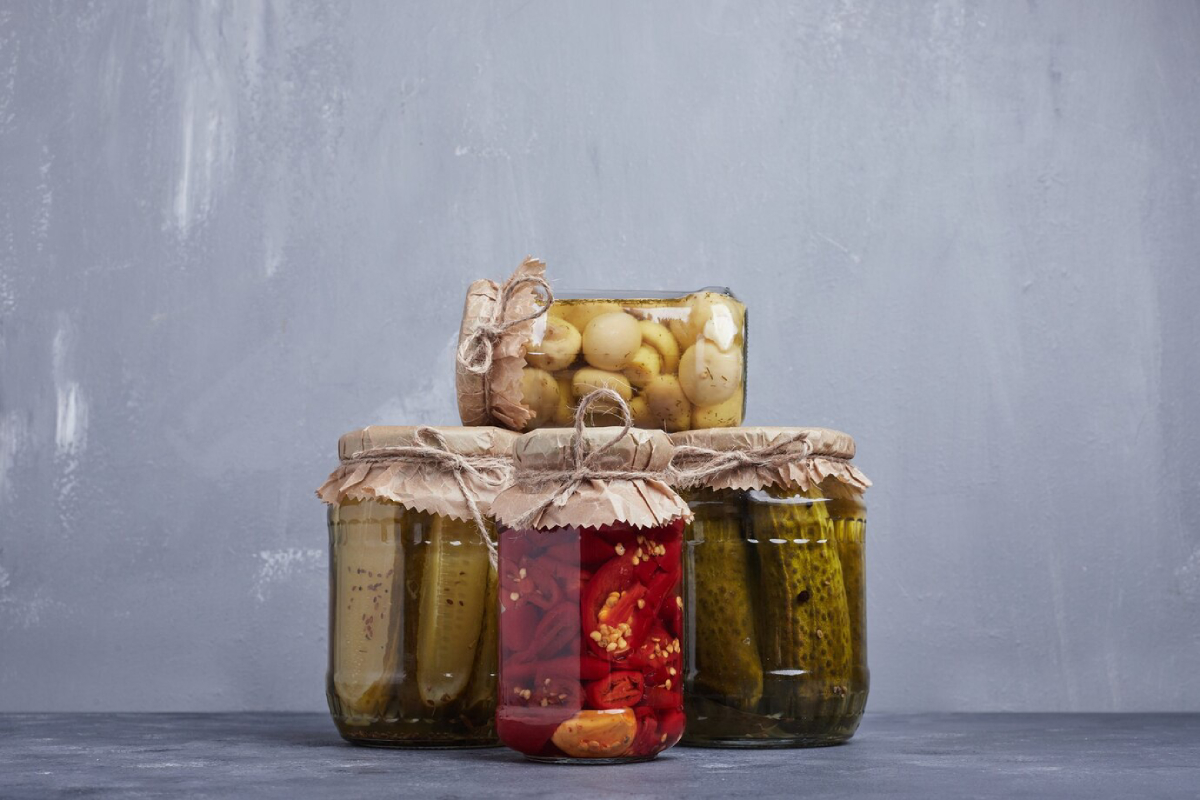
Why Make Wild-Fermented Pickles?
1. No Vinegar, Just Natural Flavour
These pickles are sour because of bacterial fermentation, not added acid. The flavour is more complex and mellow.
2. Probiotic Powerhouse
Lactic acid bacteria are known for their benefits in maintaining a balanced gut microbiome, which supports:
- Digestion
- Immunity
- Mood regulation
3. Long Shelf Life
Once fermented and refrigerated, pickles can last several months or more while retaining their crunch and flavour.
4. Customisable & Zero-Waste
Use what you have: cucumbers, carrots, green beans, or radishes. Add spices to your liking. It’s your ferment!
Tools & Ingredients You’ll Need
Essential Equipment:
- 1 large wide-mouth jar (500 ml to 1 litre)
- Fermentation weight or improv weight (small glass or clean stone)
- Loose lid or cloth with a rubber band
- Clean chopping board and knife
Ingredients:
- Fresh cucumbers (or other veg like carrots, okra, or green beans)
- Non-iodised salt (sea salt or Himalayan)
- Filtered or dechlorinated water (chlorine inhibits bacteria)
Optional Additions:
- Garlic cloves
- Dill sprigs
- Mustard seeds
- Black peppercorns
- Bay leaf
- Chilli flakes

Classic Wild-Fermented Dill Pickles
Prepare Your Veg
- Wash cucumbers thoroughly. Slice off blossom ends (they contain enzymes that cause softening).
- Leave whole, halve, or quarter depending on your jar size and preference.
Make the Brine
- For a 2% brine: dissolve 20 grams of salt in 1 litre of filtered water.
Pack the Jar
- Place spices at the bottom (e.g. garlic, dill).
- Pack cucumbers vertically and tightly.
- Pour brine over until everything is submerged.
- Leave at least 1 inch of headspace.
Add Weight and Cover
- Use a fermentation weight or clean object to keep veg submerged.
- Cover jar with lid (loose to allow gas escape) or cloth secured with a band.
Let It Ferment
- Leave at room temperature (18–22°C) for 5–10 days.
- Check daily: bubbles = good! Taste after day 4.
- Once tangy enough, refrigerate to slow fermentation.
Looking to go starter-free on other veg? Try our Fermenting Vegetables Without a Starter
Troubleshooting Wild-Fermented Pickles
Problem: Cloudy Brine
Solution: Totally normal! It’s caused by lactic acid bacteria and dissolved minerals.
Problem: White Film on Top
Solution: Likely kahm yeast. It’s harmless but scrape it off.
Problem: Mould
Solution: If it’s fuzzy, coloured (green/black), or smells putrid, compost the batch.
Problem: Slimy Pickles
Solution: Usually due to overripe vegetables or too warm temperatures. Use firmer veg next time.
Flavour Variations to Try
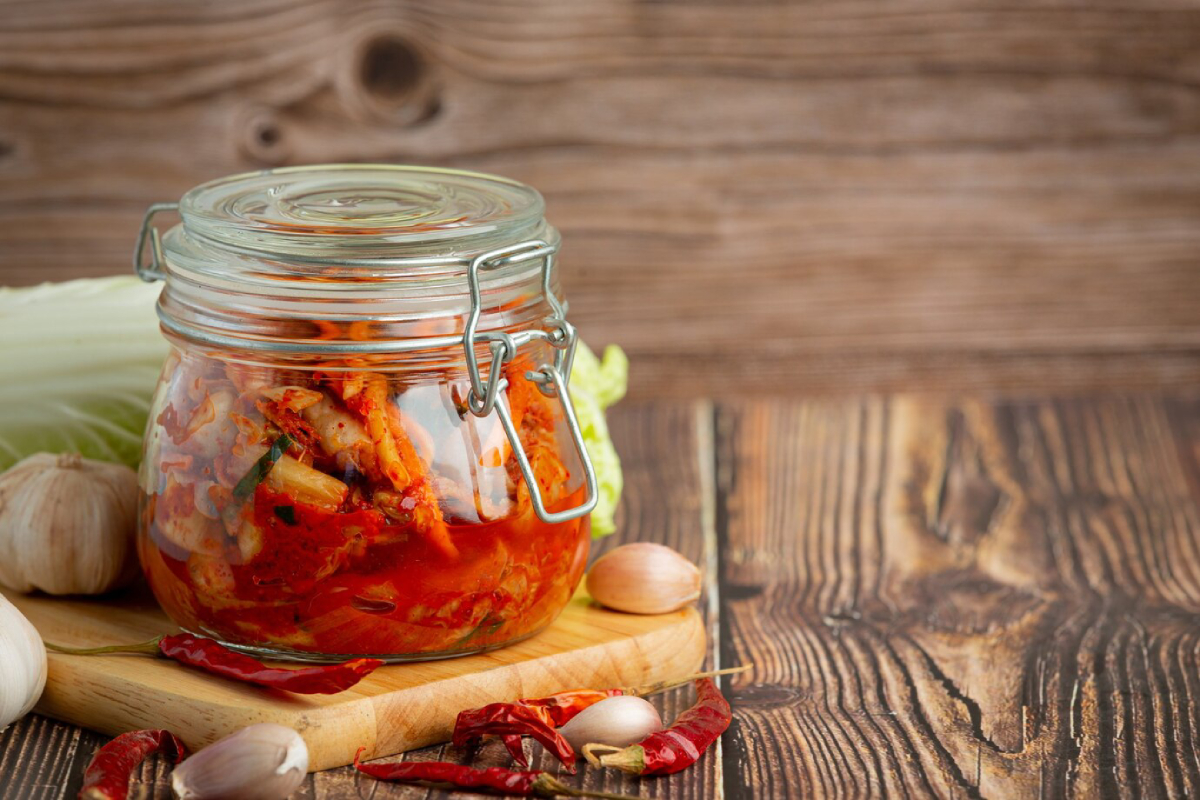
1. Spicy Garlic Pickles
- Add 2 crushed garlic cloves
- ½ tsp chilli flakes
- 1 tsp coriander seeds
2. Mustard & Bay Pickles
- 1 tsp mustard seeds
- 1 bay leaf
- Pinch of turmeric
3. Indian-Inspired Pickles
- Cucumber spears
- Cumin seeds, turmeric, ginger slices
4. Zesty Lemon Pickles
- Slices of lemon with cucumber
- Thyme, garlic, black pepper
Feel free to experiment—fermentation is as creative as it is scientific!
Storage and Shelf Life
- Once you’re happy with the flavour, move the jar to the fridge.
- The cold slows fermentation but doesn’t stop it entirely.
- Always use clean utensils to prevent contamination.
- Pickles can last 3–6 months refrigerated. Flavour deepens over time.
Tips for Success
- Use fresh, firm vegetables—avoid limp or blemished produce.
- Stick to the brine ratio—too little salt = risk of spoilage.
- Taste daily—fermentation time depends on your kitchen temperature.
- Label your jars—include date and flavour notes.
- Don’t fear the funk—fermentation is meant to smell tangy, not rotten.
Real Fermentation Stories
“The best pickles I’ve ever had” “I thought vinegar pickles were the only way. After my first batch of wild ferments, I was blown away. More crunch, more flavour, and my digestion improved too!” — Tom, 37, Brighton
“My kids help make them!” “We now have ‘pickle Sunday’ where the kids choose spices and help pack the jars. It’s fun and they eat more veggies!” — Sophie, 33, Edinburgh
“Fermenting made me feel confident in the kitchen again” “During lockdown, I tried fermenting carrots and cucumbers. It gave me purpose—and amazing gut health benefits. I’ve stuck with it ever since.” — Raj, 45, London
Start Your Wild Fermentation Adventure Today
Making wild fermented pickles is one of the easiest and most satisfying ways to engage with traditional food preparation. You don’t need a starter. You don’t need vinegar. Just salt, water, and a little patience.
By embracing lacto fermentation, you create crunchy, tangy, probiotic-rich pickles that boost gut health, reduce food waste, and connect you with a time-honoured culinary practice.
So why not give it a go this week? Grab a jar, some fresh cucumbers, and see what magic unfolds. You’ll be amazed by what a handful of microbes and a pinch of salt can do.
If this guide helped you, share your ferment photos with us, leave a comment below, or subscribe for more delicious DIY food inspiration.
